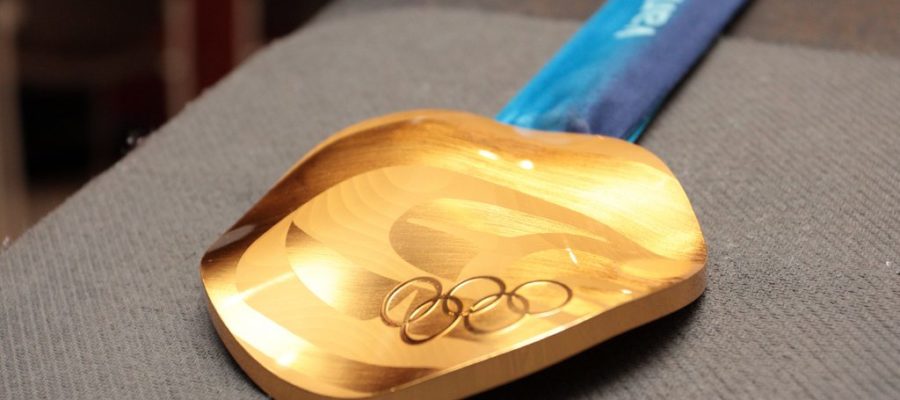An Olympic medal is the ultimate symbol of greatness for an athlete. A lifetime of dedication and years of intense training can be justified with only 400 grams around their neck. If athletes put all that effort towards their ultimate achievement, we want to know what goes into designing an Olympic medal.
The first step is selecting a designer. The IOC and an independent panel decide on a designer. This year’s winner was David Watkins, the Professor of Goldsmithing, Silversmithing, Metalworking, and Jewellery at the Royal College of Art since 1984. He uses 3D CAD modelling software to complete his other designs, and the Olympic medal designs were no different.
Watkins edited several different prototypes in 3D CAD software to present to the Royal Mint at Llantrisant, South Wales.
The 2012 Olympic medals have features designed to respect the history and tradition of the Olympiad, while illustrating traits that are unique to London.
The obverse side of the medal features traditional imagery used at each summer Games – the Greek goddess of victory, Nike, stepping out of the Parthenon to visit London.
“It was great to be able to see part of their submissions for the commission, which in David Watkin’s case was CAD drawings,” said Marie Godfrey “He is well known as a forerunner in jewellery designed by CAD.”
With CAD designs, improvements and alterations can be make quickly, easily and affordably.
According to Watkins, “computers have been from time to time important to my work. The challenge of their rationality and their capacity to carry out fascinating but in some respects tedious tasks has often made for a good ‘fit’ with my immediate aesthetic objectives.”
Features include:
- A curved design, implying the design of an amphitheatre
- A core emblem, depicting an architectural metaphor for the modern city, and is purposely jewel-like.
- A grid, representing dual forces – both a pulling together and a sense of outreach – and a depiction of radiating energy that represents the athletes’ efforts.
- The River Thames (background), symbolizing London suggesting a ribbon waving in celebration
- A square, showing how everything can be unified. It was the final balancing theme of the design, opposing the overall circularity of the design, emphasising its focus on each athletes goal and reinforcing the sense of ‘place’ as in a map inset
- A purple ribbon represents the Queen’s jubilee
Olympic Medal Specifications:
As if the design didn’t have enough elements and the events were not technical enough, each medal has some precise specifications and standards they must meet, including:
- The London 2012 Olympic medals weigh 375-400g
- 85 millimetres in diameter
- 7 millimetres thick
- The sport and discipline are engraved around the rim of the medal
- The gold medal is made up of 92.5% silver and 1.34% gold, with the remainder copper (a minimum of 6g of gold)
- The silver medal is made up of 92.5% silver, with the remainder copper
- The bronze medal is made up of 97.0% copper, 2.5% zinc and 0.5% tin
Different ores (both precious and non-precious) were imported from around the world. Supplier countries include: the USA, Australia, Mongolia and England.
3D Engineering has provided athletes with beautiful medal designs for the past two Olympic games. 3D CAD design software provides limitless potential for designers and dreamers alike. Get your hands on it today.
